Sensory Processing Disorder: Tools for Proprioception/Body Awareness Stimuli

This is part 6, the last part, of my Sensory Processing Disorder (SPD) Tools of the trade series. This post HERE is the one that started it all, with a huge summary of what SPD is and our struggles with it with Froot Loop. Keep reading for some tools and toys that have helped us on our SPD journey.
I find the proprioception sense a little confusing. I took to the web and found some more information. To get an idea of how the proprioceptive system works, imagine closing your eyes and having someone move your arms to an extended position in front of you. Even though you can’t see them, you can feel that your arms are outstretched. Now if someone were to place 10 pound weights in each hand, your proprioceptive system would signal for you to make one of two decisions. Either let your arms fall to your sides due to the increased force or contract your muscles with greater effort to match it. We rely heavily on this sense throughout the day to keep track of what our bodies are doing.
Oof! That makes more sense. There are several red flags that warn of issues in the proprioceptive sense. These are:
Desiring deep pressure or wanting to be wrapped up in something tightly or heavy (blankets, clothes, bear hugs, etc.), playing too rough, being too hard on writing utensils, frequently crashing/bumping into things, climbing/falling/jumping, kicking/stamping feet, having little to no confidence and getting frustrated too easily, or having trouble doing tasks with eyes closed.
Basically, the Proprioception or Kinesthetic System refers to the perception of sensation of the muscles and joints enabling the brain to know where each part of the body is and how it is moving.
Weighted Blankets can really help with the deep pressure craving. They're a popular tool for children with autism too.
These Balance Boards are a fun way to work on body awareness.
A cousin of the weighted blankets, Weighted Lap Pads can help keep kiddos still and give them a sense of calm.
Froot Loop recently got this Cozy Plush Cat to help him sleep. It weighs a couple of pounds and it can be heated in the microwave. It smells like lavender, so it's sort of a triple threat against sleep struggles. It has made a huge difference and I actually got one for myself too.
Some kiddos need something to chew on. We have this Chew Blocks Necklace for when Froot Loop feels anxiety and is having trouble controlling his emotions. The chewing/grinding/etc can also help with oral issues.
Grip Balls can be squeezed tightly and help work on how the fingers and hands perceive force. As a bonus, they're great for strengthening fine motor and prewriting muscles.
If those balls above aren't quite your style, you can try these Stress Balls instead. They basically do the same thing. We have both and so far, there doesn't seem to be a preference. He just keeps them all in his little sensory basket on his table.
A small Hand Held Massager can help give the sensation of "deepness." Froot Loop loves to use his when he's feeling angry. He also uses it when he craves force, but doesn't want bear hugs.
I have a homemade Body Sensory Sack that's a lot of fun. It doesn't get used too often because he still gets a little freaked out being enclosed. Another variation is to tuck it in VERY TIGHTLY into the mattress and use it as a top sheet. It sort of acts like a weighted blanket then. Either way, it's calming.
I just got one of these Therapy Brushes so I'm still figuring it out. It is supposed to really help with the "deepness" craving. I'll update y'all when I've become more used to it.
Sensory Putty is a tool commonly used by occupational therapists. It has four different resistances, color coded for ease of use. Yellow is extra soft, red is soft, green is medium, and blue is firm. It also helps with tactile/touch issues, but the cool thing about this is the different resistance levels so little fingers can compare the viscosity of each one.
That's the end of part six, and therefore the series. I hope you can find the tools you need to help you on your SPD journey. How do you use proprioceptory tools in your home?
For part one (auditory): click HERE
For part two (visual): click HERE
For part three (tactile): click HERE
For part four (smell): click HERE
For part five (Movement/Vestibular): click HERE
For the introduction/overview of SPD: click HERE














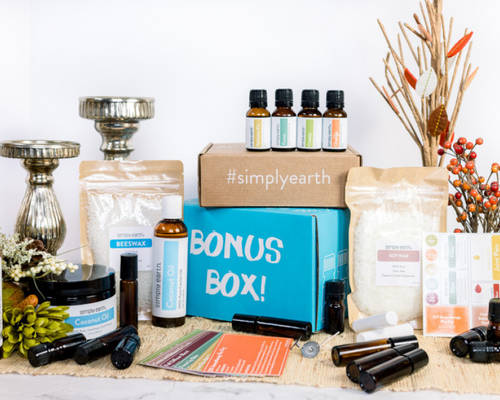

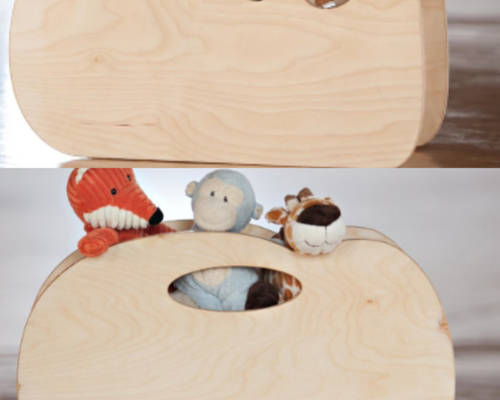




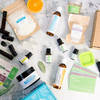

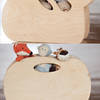
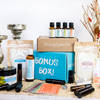




Comments